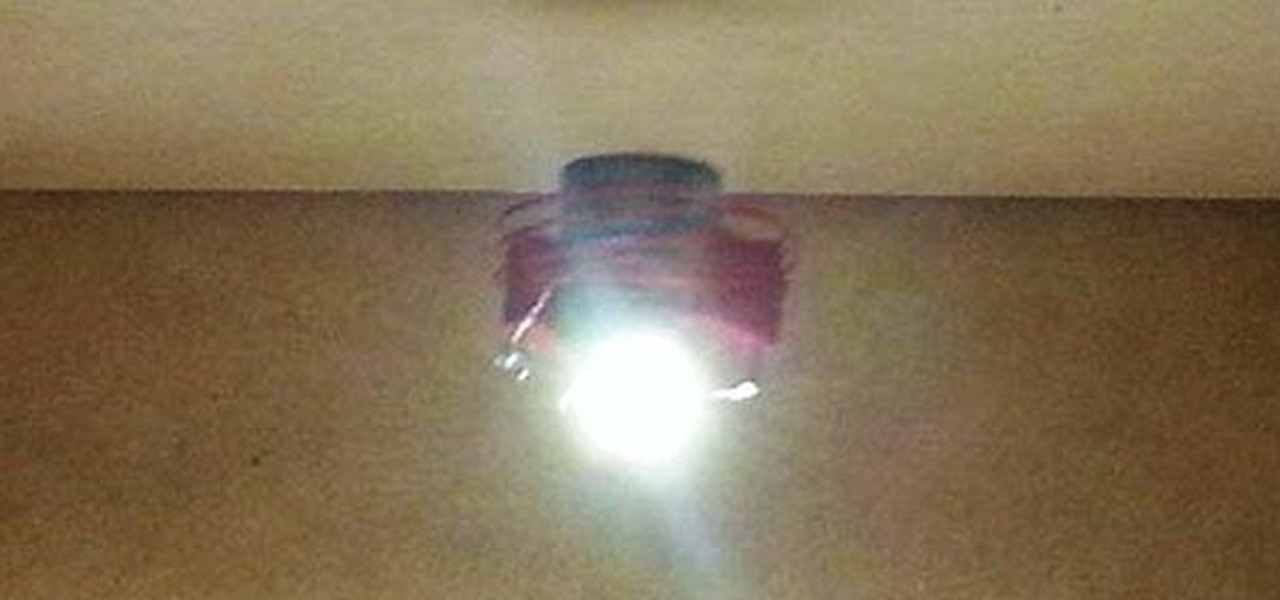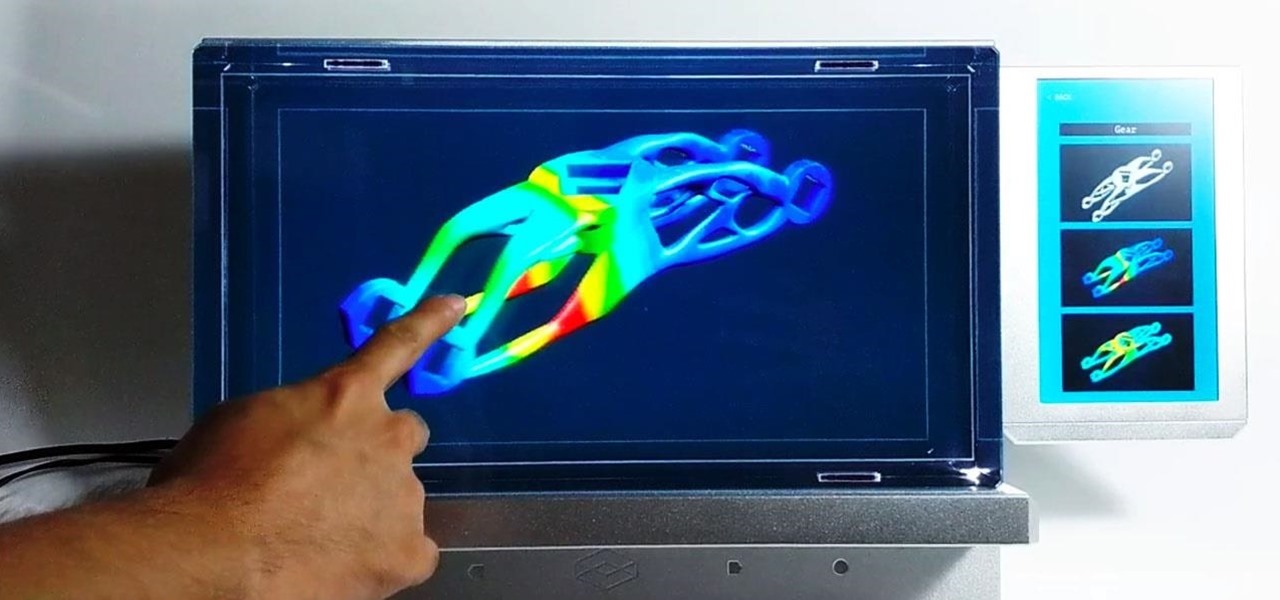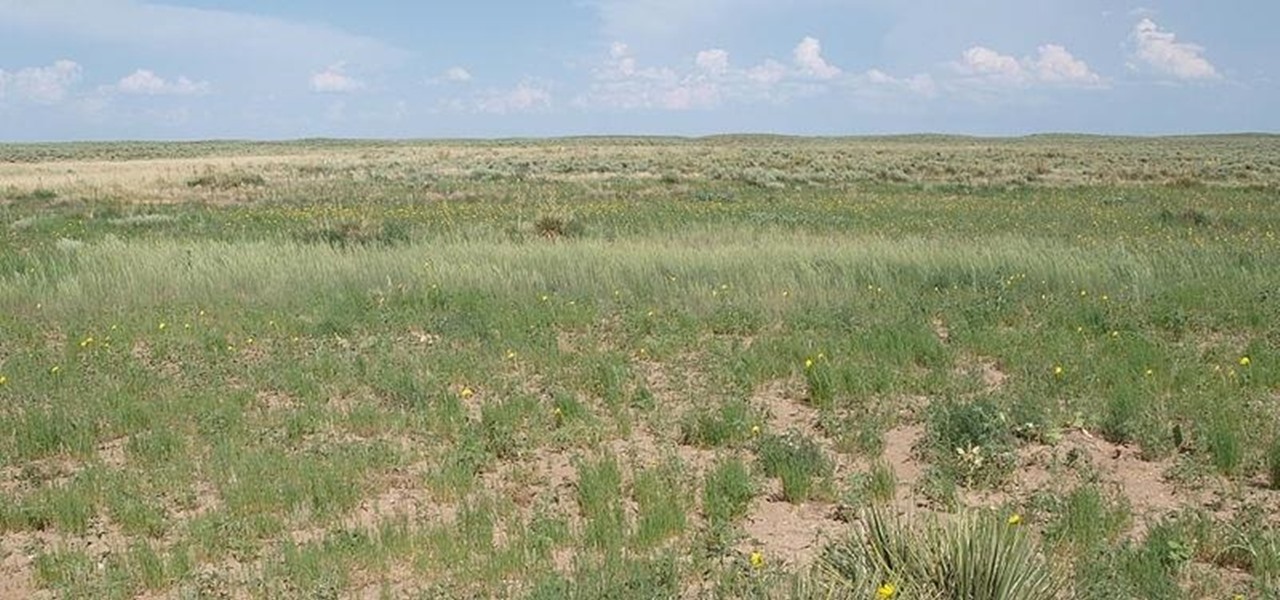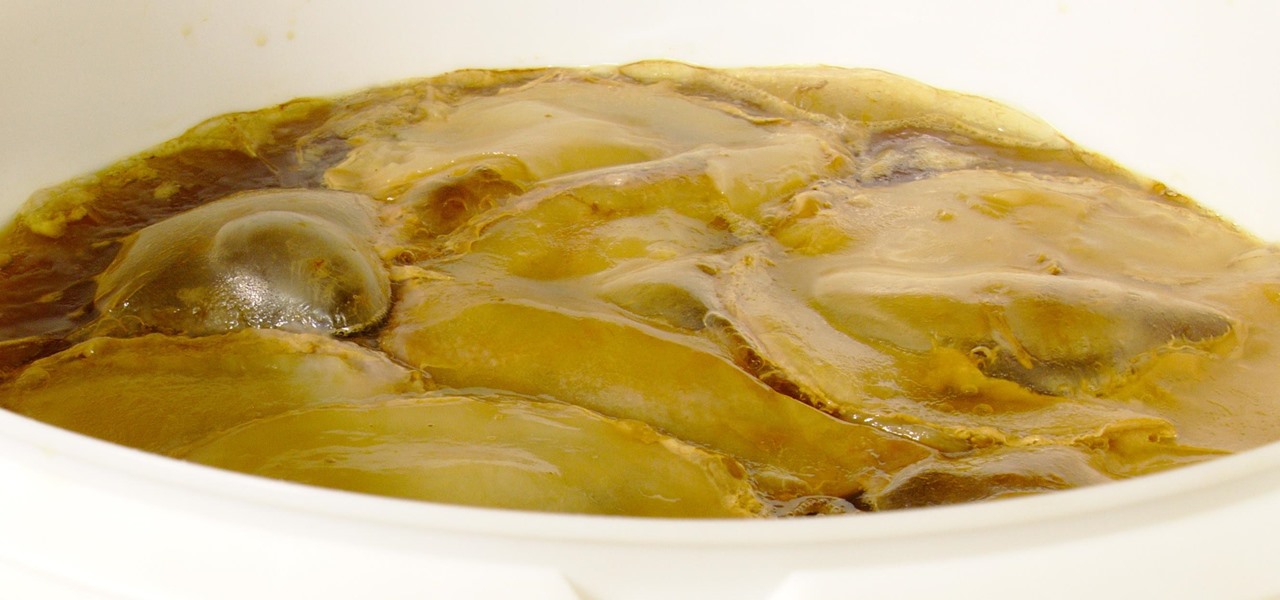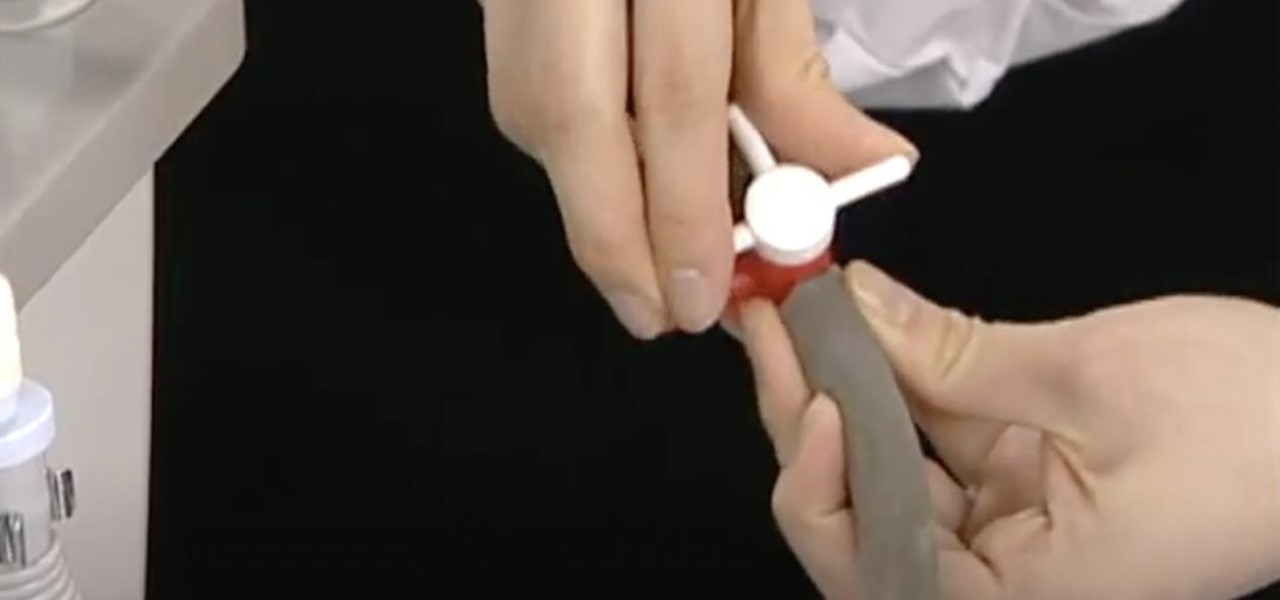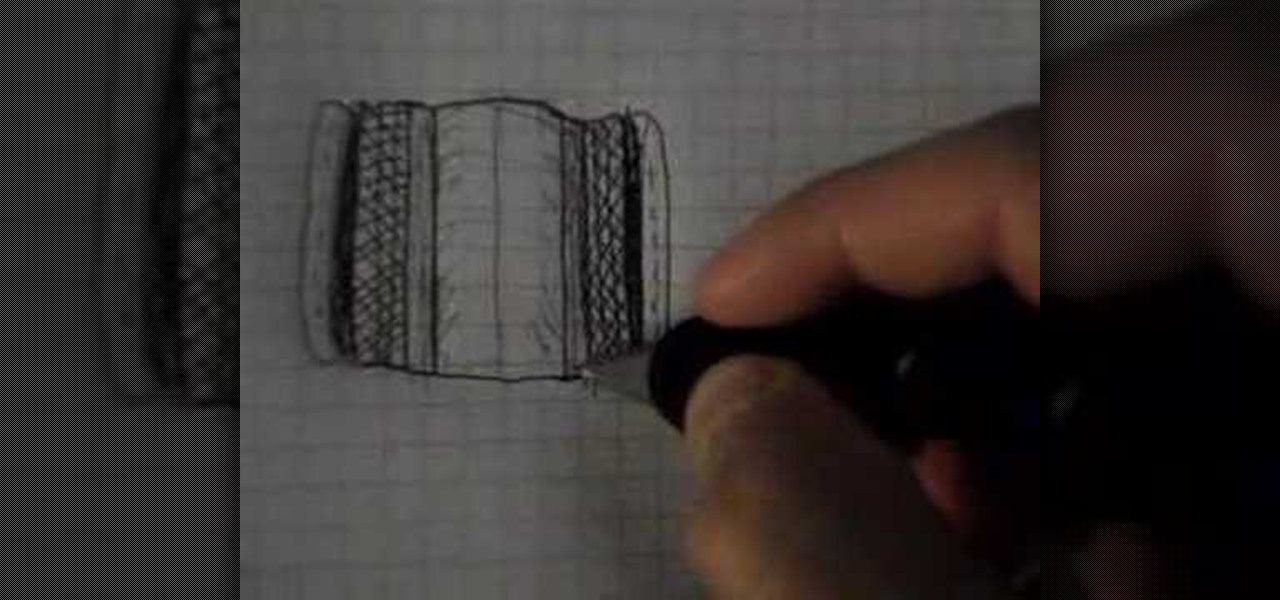
You can buy special utensils to do just about anything these days, and separating eggs is no exception. If you don't have (or want to buy) a fancy tool to do it, the classic method is simple—just crack the egg and transfer the yolk back and forth between the two halves. But even though egg separators are pretty cheap and using the shell (or just your fingers) isn't hard to do, neither is as fun as this trick by YouTuber jifenzhongDIY.

Got an upset stomach or a little heartburn? America's favorite pink pill will cure it right up. But did you know that there's actually metal hiding in those chewable Pepto-Bismol tablets? Yes, metal. Technically, it's a poor metal, but metal's metal, right? Well, we do tend to eat a lot of iron in our diets, because it carries oxygen throughout our bodies, so consuming metallic minerals isn't anything abnormal. But you'd never think that Pepto-Bismol is actually made up of metal.
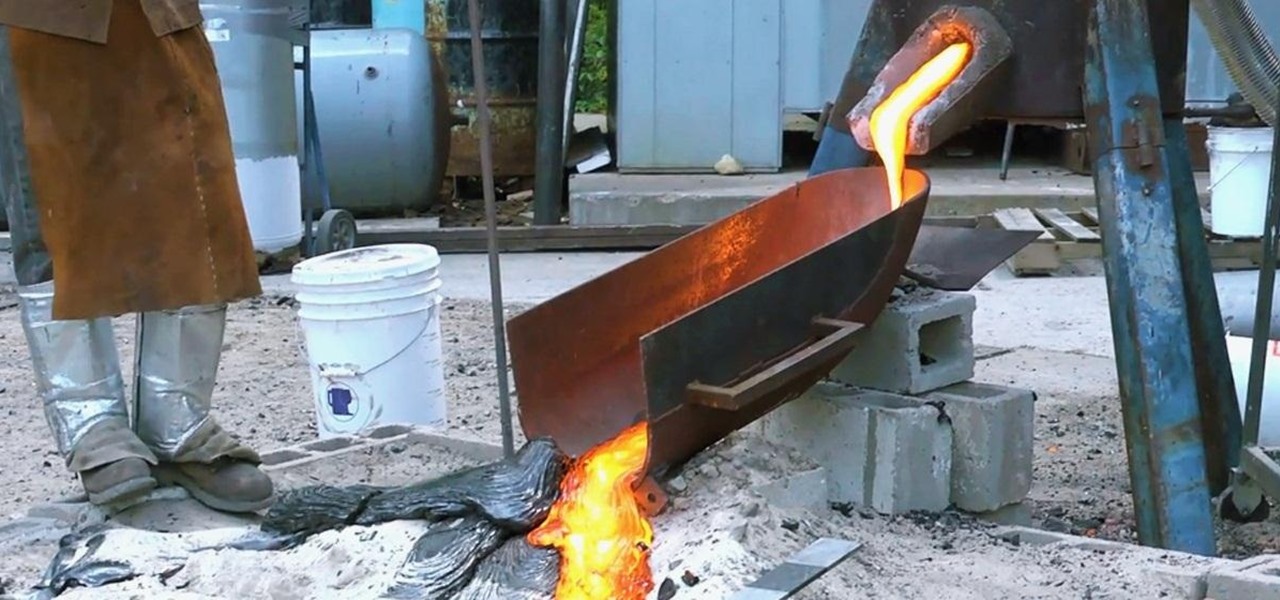
Believe it or not, it's possible to make your very own lava—if you have a furnace capable of heating up to 1,200 degrees Celsius, that is. Bob Wysocki and Jeff Karson started the Syracuse University Lava Project to study basaltic lava and give students a hands-on way (hypothetically, of course) to learn about it. Oh, and they also want to use it for art projects. Sign me up for that class! It all starts with 1.1 billion-year-old basalt gravel, which apparently anyone can buy. They put the gra...

Gerridae—you've probably seen these weird bugs gliding across the surface of the water when you're out swimming or fishing. These insects are commonly referred to as water striders, or more cleverly, Jesus bugs, for their ability to "walk on water". It's a pretty cool trick, but what could it do for science, right? Turns out, quite a bit. Photo by felixtsao
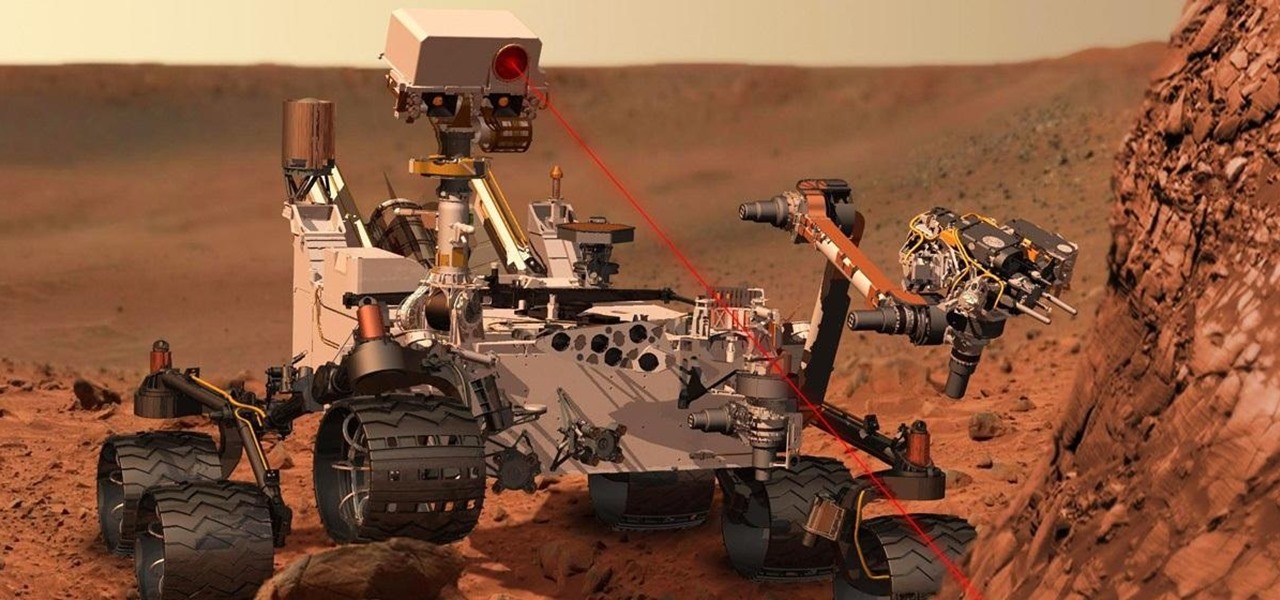
NASA will be attempting to land the Curiosity rover on the surface of Mars tonight, and you can watch it live. Curiosity (the Mars Science Laboratory) was launched almost a year ago on November 26, 2011, and will be finishing its 354 million mile journey to the red planet tonight (Sunday, August 5th) at around 8:30pm PST. The craft will be deploying a supersonic parachute to slow itself, as it will be traveling at upwards of 1,000 mph. The show's not over though, as the first images from the ...
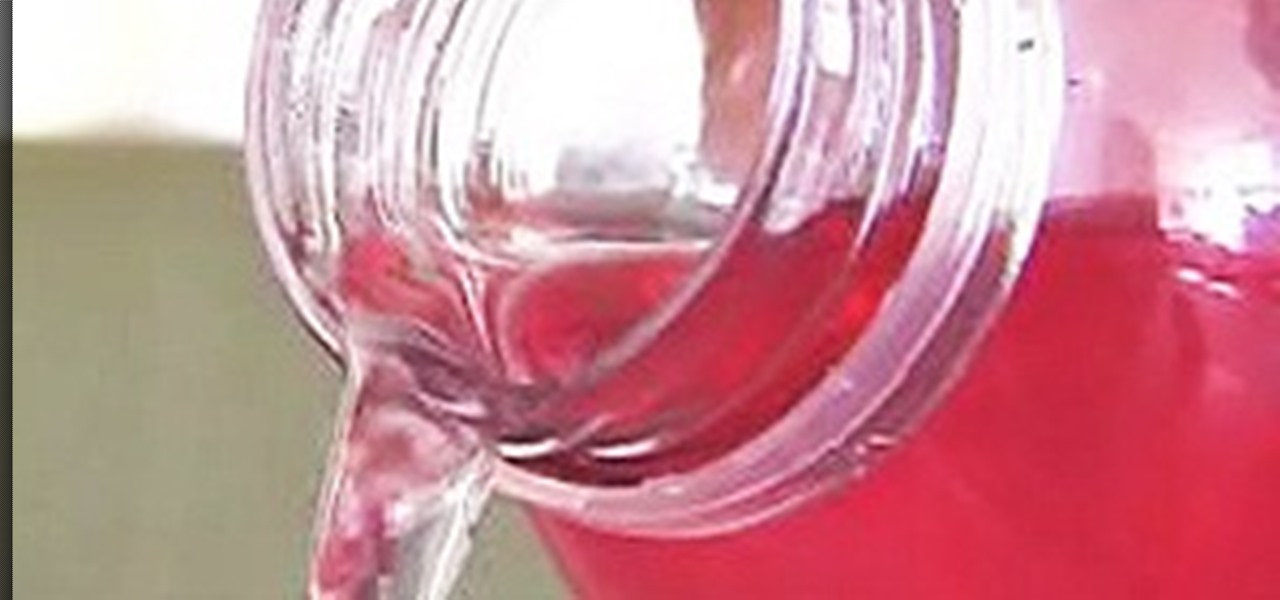
While it's easy to make fun of water with "electrolytes," there's actually some science behind it. Despite the name, electrolyte-enhanced water isn't all that high-tech, it mostly means that it's been infused with vitamins and minerals such as potassium and sodium, which are very helpful in preventing dehydration. Unfortunately, electrolyte water isn't especially cheap, and compared to the tap, it's downright expensive. Luckily, there's a few recipes out there that can help you mix your own e...

Helping to prove that science is way awesome, an 18-year old electrical engineering student has successfully made a light bulb float. His name is Chris Rieger, and he's been working on his "LevLight" project for about six months now, with pretty amazing results. This feat of ingenuity was accomplished by using magnetic levitation, although that over-simplification masks how considerably difficult this undertaking was.

Unless you're living in some weird parallel universe where plug-in light bulbs are the norm for household lighting, chances are you've had to unscrew a light bulb every now and then.

Much like UFOs and chupacabras, the Sasquatch has yet to officially take its name out of the fictional section, but that doesn't mean Bigfoot won't transform from fiction to reality someday. In fact, with the hunting and tracking skills outlined in this video, you may just be the one who slams the yeti-like Sasquatch into the science books. Learn to track the elusive Bigfoot creature like an expert!

Want to build a fire extinguisher using things you can find around the house? Science shows you how to properly apply technology to kitchen safety! Your main supplies for this project are a mayonnaise jar, some vinegar and baking soda.

David Hall of Professional Coin Grading Service presents this tutorial on coin grading and authentication. How are coins graded and what kind of care goes into coin grading. This is an overview of the numismatic science and process.

So, you're addicted to that award-winning, science-fiction, first-person shooter, computer game Crysis, are ya? Well, then you probably know a bit about the Sandbox 2 level editor then, don't ya?

This is a kids magic trick or a kids science trick that sucks water out of a bowl into an overturned cup. What you will need: 1) A bowl 2) Two matches 3) Clear glass 4) A coin

This is a kids science/ magic trick. Cool trick where you can make a star in water using pepper and soap. Try this at home and have some fun experimenting with the kids. :)

This is a thoughtful step by step to inform women on the science of tampons and how to best use them. Learn how to insert a tampon if you are getting your period for the first time.

This short video teaches you how to make real ice cream with your preschooler with just some plastic bags. This is a wonderful activity for using measuring skills, scooping and pouring skills, and experiencing a science reaction. The best part is the great tasting ice you can make in about 5 minutes!

Choosing which programming language to learn next can be a truly daunting task. That's the case regardless of whether you're a Null Byter just beginning a career in development and cybersecurity or you're a seasoned ethical hacking and penetration tester with years of extensive coding experience under your belt. On that note, we recommend Python for anyone who hasn't mastered it yet.

Here at Next Reality, our typical approach to all things augmented reality involves vision combined with remote control, either via a handheld device, gaze control, or hand/finger tracking.

Earlier this year, NASA reported on findings that might point to water, and microbial life, on moons orbiting Jupiter and Saturn. Named Europa and Enceladus, those moons contain large oceans under their icy surfaces, which many speculate could hold microbial life.

That soil under your feet is not just dirt. It is teeming with life that may not change as fast as we would like when challenged by global warming.

Quanergy CEO and founder Louay Eldada is, by any standard of measure, a pioneer in the development of LiDARs for driverless vehicles.

While the world is only recently becoming aware of its existence, augmented reality has been around in some form or another since the '90s. In the last decade, with the advancement and miniaturization of computer technology — specifically smartphones and tablets — AR has become far more viable as a usable tool and even more so as a form of entertainment. And these are the people behind mobile AR to keep an eye on.

Bacteria gets a bad rap. Most headlines focus on the danger and discomfort posed by pathogens like bacteria, but many of the bacteria that live on and in us are vital to our health. Many products out there, called probiotics, are sold with the implication that they're supporting these healthy bacteria that share our bodies — but do they actually work?

With the countless daytime talk shows starring and featuring doctors, nurses, and other medical specialists, discovering new ways to live a healthy life is just a remote click away. Although their shows might draw you in with incredible facts and mind-blowing secrets to weight loss success, it's important to take each televised recommendation with a bit of suspicion—most of these familiar faces aren't exactly telling the truth.

The point of ice in your cocktail is to make it cold, right? Yes and no.

Doing a shot is more art than science. Here's one way to hone your barroom style. You Will Need

This is a video tutorial for all of you people who don't know how to cut and fold zines, which are short magazines, especially a fanzine, or webzine. It's not brain science here. You basically just print, cut and fold. That's it.

Check out this Mad Science Experiment with Jason Young and Sean McMains on how to build a hovercraft and send unsuspecting children hurtling down the street on it. To make this cheap and amazing hovercraft, you'll need some wood, plastic sheeting and a leaf blower. This makes a great weekend project for the whole family to enjoy.

For your chemistry experiments, you'll eventually need to know how to use a stopcock. Well, this science tutorial, interactive animation will show you how to use a three-way stopcock in the chemistry lab.

This is a bare bones science experiment using only items that would be sitting around the average household. Set up, research, and clean up of this volcano experiment will take under five minutes. Watch this video tutorial and learn how to make a model volcano. All you need is a bottle, water, shampoo, vingegar, baking soda, and paprika.

Teach your students about centripetal force with this science video tutorial. It will show you how to use some masking tape and a ball to demonstrate how centripetal force works.

If you just got done watching the video tutorials on the "human skeleton structure," then this is your next step. Check out this educational science video series on the neuroanatomy of the human body.

TheTribalButterfly just won't go away. In this video tutorial, you'll see the power of an altered cosplay pattern! Whether it's anime, manga, film, or whatever, you need to know that altering the cosplay outfit could be a great way to look awesome. This is an art remember, not a science.

Here is a neat trick to make a can the appears empty to become full again. Use this trick to impress your science teacher by making him or her think you can create matter from nothing. Heal a soda can and seal it and make this trick a staple in your next magic show.

Sodium (chemical symbol Na) is an interesting element. It reacts in contact with both oxygen and water, and several sodium salts are used to produce a yellow color in fireworks.

If you're interested in nabbing superhero memory strength, the secret behind training your brain is not necessarily what you might expect. Your standard G-rated brain strengthening exercises range from crossword puzzles to Sudoku to calculating fairly simple math problems to improve short term memory, but the real clincher used by some of the pros is essentially... porn. Yep, you read right.

In this series of crafts videos, our young comics and science fiction fan (and professional actor) Halley Joseph Eveland will talk you through the creation of pipe cleaner action figures. As you bend, twist and snip your colored pipe cleaners, watch these fun versions of your favorite Star Wars heroes take shape before your very eyes. And these are not simply stick figures, but artistic creations with muscles, capes, masks and of course light sabers.

One of the hardest parts of entering the IT and computer science field — other than the difficult material and intense competition — is the time and financial cost of learning everything you'll need. Learning to code isn't just learning one language; you have to learn a variety of languages used for different purposes, and then you have to get experience using them.

Learning to code is difficult, but the potential of a little expertise in a few programming languages grants you is worth the effort. Learning to code won't just put you on one career path; many fields, from game design to data science, use coding languages. The All-in-One Coding Skills Bundle can be your start toward mastery of some of the most useful coding languages around for $29.99.

Python is one of the most widely used programming languages in the world. Professionals use Python in virtually every field where coding is a requirement, whether it's game design or data science. If you're looking to learn Python, then get started with The 2021 Premium Python Certification Bootcamp Bundle for just $34.99.








